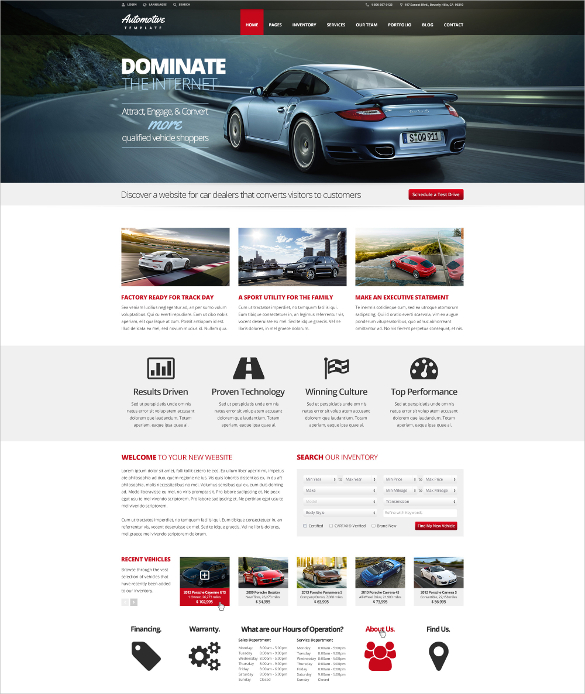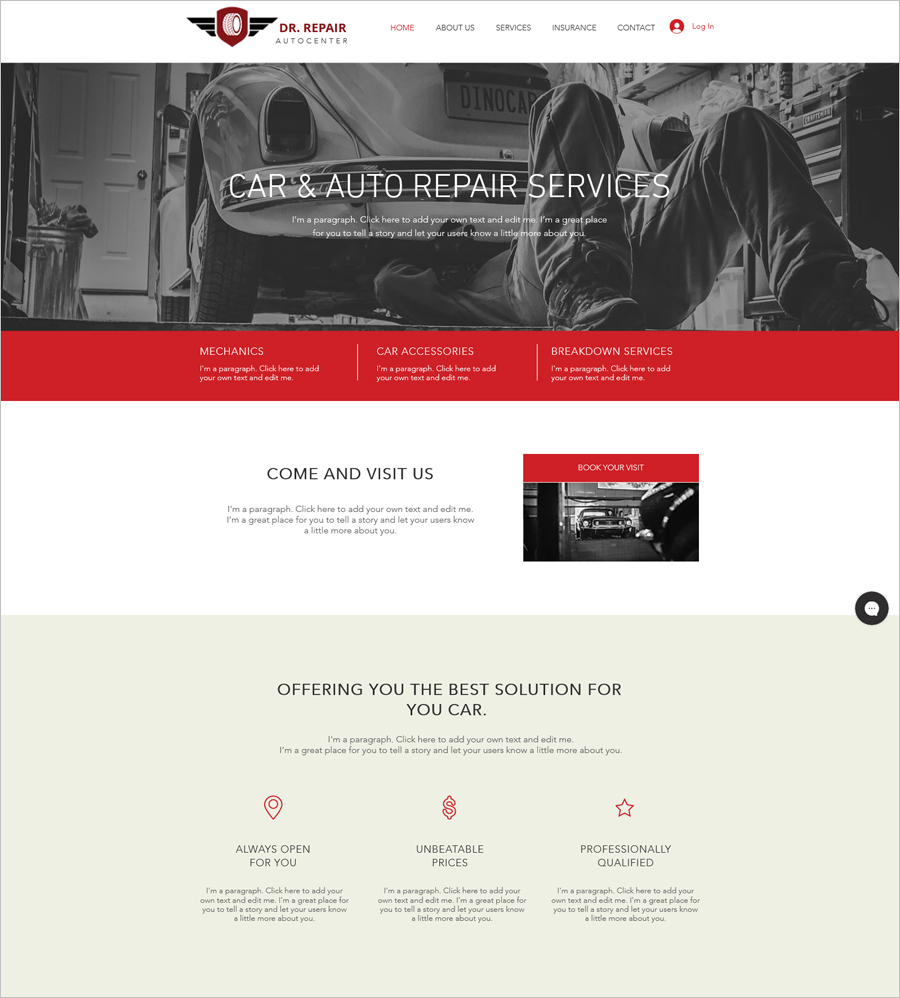
Basically, what I am saying is to design each of the sections by itself - a "divide and conquer" strategy. #menu tag-name.) for common tags (such as h1, h2, h3, p, a:link, a:visited, a:hover, a:active), in each of the 's. Write the CSS id-selectors and class-selectors (e.g., #header tag-name. Assign a common classname to sections (non-unique) that share the same style (e.g., " entry", " side-note"). Assign an id to that is unique (e.g., " header", " footer". Partition your web page into logical section via (or HTML5', ,, ), such as header, content, footer.Website design begins with CSS, NOT HTML?!. Take a close look at your favorite websites!!! CSS is humongous and complex! You can't invent this wheel! Use Firefox plugin "Firebug" ) or the built-in "Web Developer Tools" to inspect HTML/CSS of your favorite websites.Īlternatively, you can use a CSS framework (I recommend BootStrap) to jump-start your design.


How many columns? What are the major sections (e.g., header, navigation menu, main content, sidebar, table of content, footer)? Do you need a navigation menu or panel? What is your theme (colors, fonts)? And so on. Decide on the look and feel of your website. For programmers, NetBeans/Eclipse are good choice for HTML/CSS/JavaScript as they perform syntax checking and provide auto-complete. Otherwise, find a free HTML text editor (such as NotePad++, Sublime). Understand HTML, CSS and JavaScript thoroughly.To create an OMO website, I suggest that: This is the reason that I combine both the HTML and CSS in this article as they are inseparable. But if you operate in OMO (one-man-operated) and are expected to create a reasonably good-looking website, you need to understand HTML, CSS and JavaScript. If you are a programmer and want to add dynamic effects to your web page, read JavaScript. If you are the graphic designer, read CSS. If you are the content provider, read HTML.


 0 kommentar(er)
0 kommentar(er)
